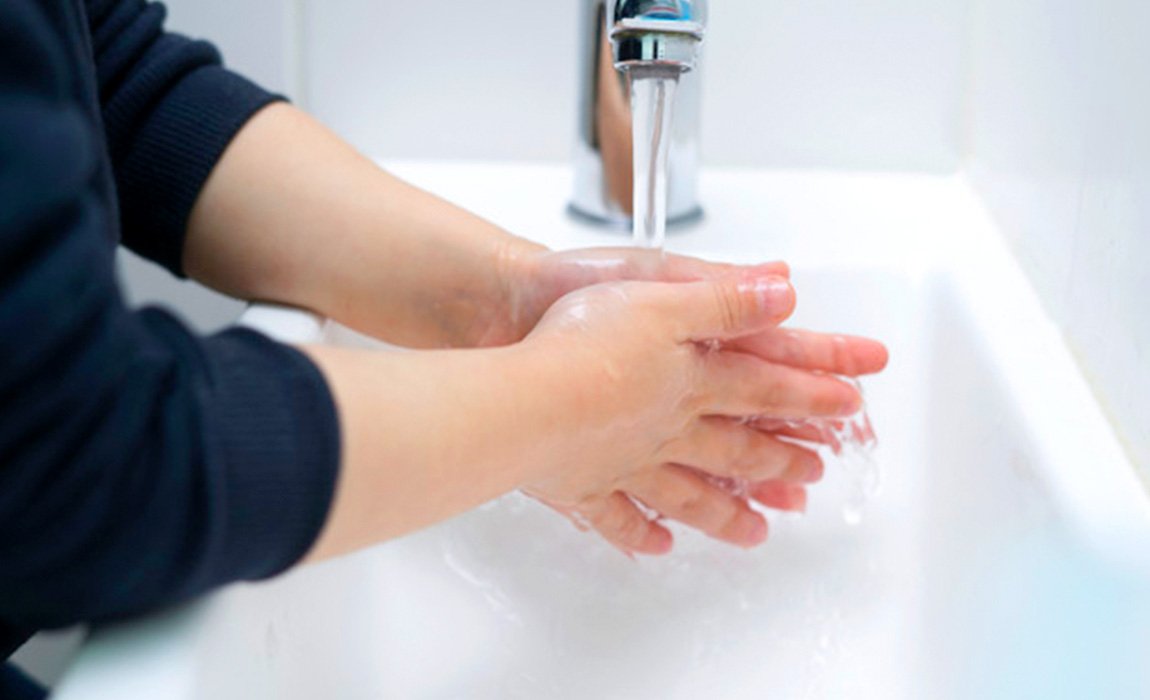We’re living in a civilized society that claims to be clean. Yet, news reports surface about fatal bullying in side school toilets when the guards are looking elsewhere. Sanitation and hygiene are delicate issues that need to be discussed, understood and monitored.
The municipality does the bare minimum to maintain hygiene in the neighbourhood but schools must be more responsible. Here are 7 steps schools can take to teach the best practices of hygiene and sanitation for better health.
7 sanitation and hygiene tips to follow in school
1. Educate about toilet etiquette, hygienic habits
Although elders in family should teach basic toilet etiquette to students, schools should check if children use napkins or handkerchiefs while wiping their hands or after eating. Those who leave toilet lids open and soil the seats should be properly educated and cautioned from repeating such practices.
2. Make antiseptic soaps available across the school
It’s a shame if children don’t find soaps at basins during recess. Due to strict scheduling, children often skip washing their hands properly before eating. Worse, children skip cleaning dirt off their bodies after playtime and enter the class. This spreads infection. There should be two wash bars on each side of the wash basin for cleanliness.
3. Deploy guards around washrooms
Unguarded washrooms become a haven for bullying, drug abuse and are dangerous for unsuspecting students. A male and a female guard should be present before respective washrooms to monitor when children enter and leave. They should also check for hidden tools that may make the room dirty or attack others.
4. Inform about changes during puberty
Children of both sexes undergo drastic physical and hormonal changes during puberty. They need support from both parents and teachers to understand their code of conduct in society. Teachers must discuss the symptoms of puberty with children so that they stay hygienic in school and practice good habits elsewhere.
5. Install drinking water filters besides each classroom
With increasing classroom strength and hectic classes, children do get thirsty. They make do with tap water if drinking water filters run dry or are present at few places with long queues inside the school. Every class must have a drinking water filter installed next to its door so that children can drink purified water.
6. Avoid non-biodegradable plastic
Plastic dumped in waste bins emanates sulfur dioxide which pollutes the environment. Making paper bags mandatory for carrying tiffin boxes or any article in and out of the school is a good practice to minimize pollution.
7. Dump waste in trash bins only
Sometimes, the waste collected on the previous day is not unloaded during morning, forcing children to scatter their leftovers in and around the waste bins and polluting the area. CCTV cameras should be installed near the area, helping spot students polluting the premises and discipline them.
These are the steps by which school authorities can not only instil cleanliness in children’s behaviour but also keep them safe from infections and bad influence.

